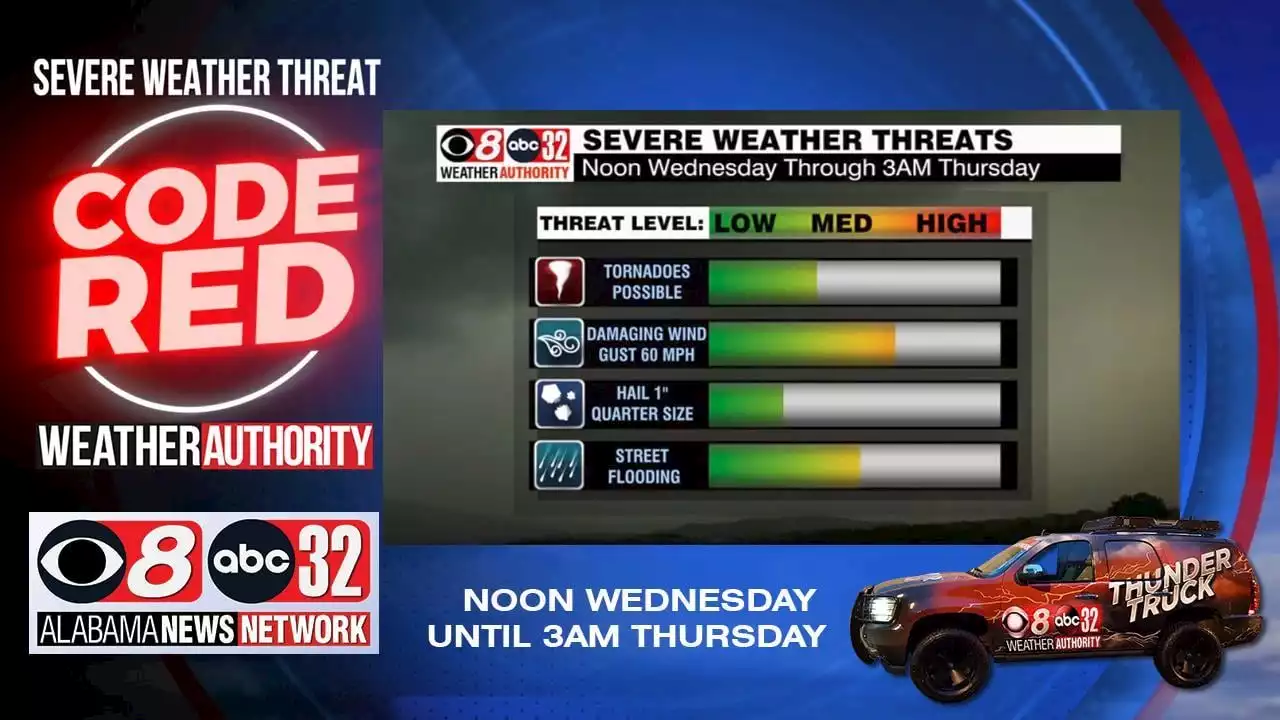Alabama News Network's Weather Authority team is tracking severe weather that will be moving into our area starting Wednesday afternoon. Our meteorologists have issued a Code Red Alert. alabamanewsnetwork
Alabama News Network’s Weather Authority team is tracking severe weather that will be moving into our area starting Wednesday afternoon. Our meteorologists have issued a Code Red Alert.Chief Meteorologist Shane Butler expects storms to develop ahead and along a strong cold front plowing into the Deep South. The main threats will be damaging winds up to 60 mph, a few tornadoes and heavy rainfall that could lead to flash flooding.
Rainfall potential will range between 1 to 3 inches. You will need to be weather aware and prepared to seek shelter when storms approach your area.
United States Latest News, United States Headlines
Similar News:You can also read news stories similar to this one that we have collected from other news sources.
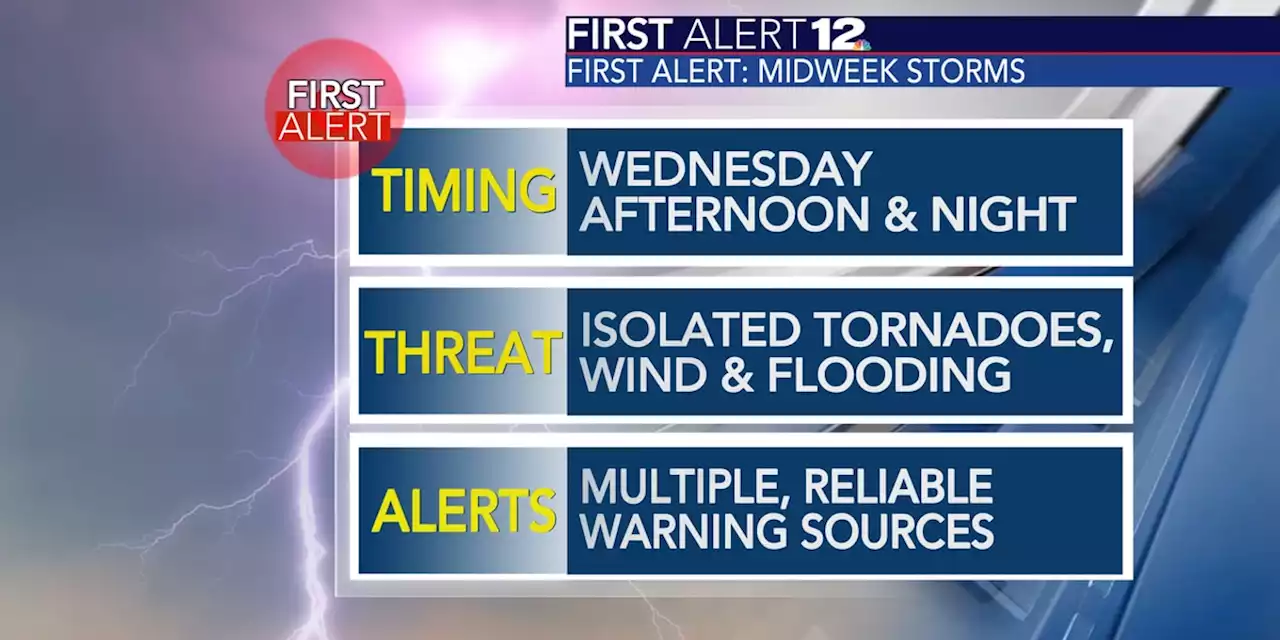 First Alert Weather Day declared for late Wednesday into Wednesday nightWednesday into Wednesday night is a First Alert Weather Day for the chance of isolated tornadoes and localized flooding.
First Alert Weather Day declared for late Wednesday into Wednesday nightWednesday into Wednesday night is a First Alert Weather Day for the chance of isolated tornadoes and localized flooding.
Read more »
 Washington County, Clarke County schools to dismiss early Wednesday due to weather threatSome schools in the region began announcing they will dismiss early Wednesday because of the threat of inclement weather.
Washington County, Clarke County schools to dismiss early Wednesday due to weather threatSome schools in the region began announcing they will dismiss early Wednesday because of the threat of inclement weather.
Read more »
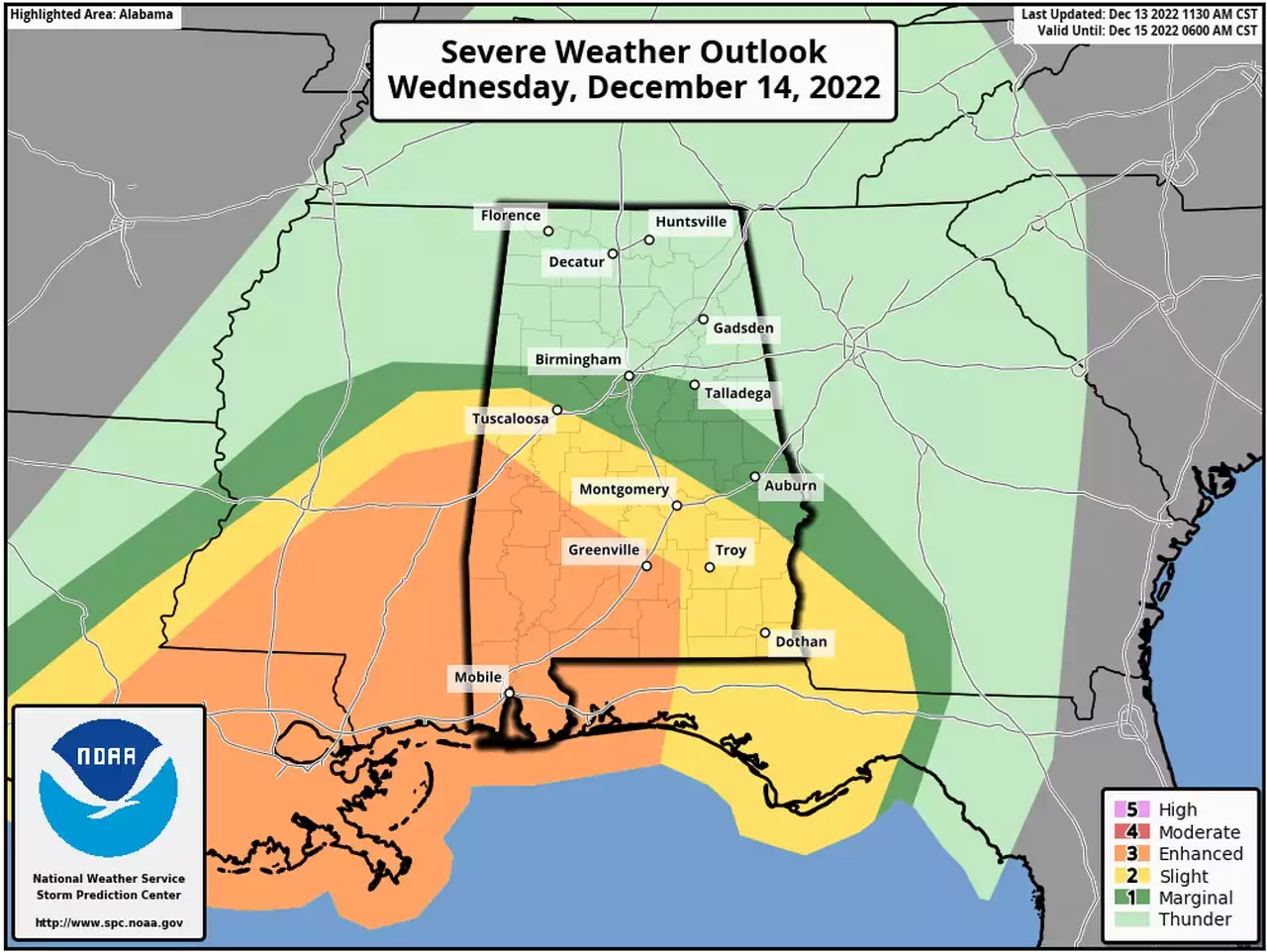 Severe weather risk increases for Alabama on WednesdayHeavy rain is expected statewide, and the National Weather Service says up to 4 inches could be possible in some areas.
Severe weather risk increases for Alabama on WednesdayHeavy rain is expected statewide, and the National Weather Service says up to 4 inches could be possible in some areas.
Read more »
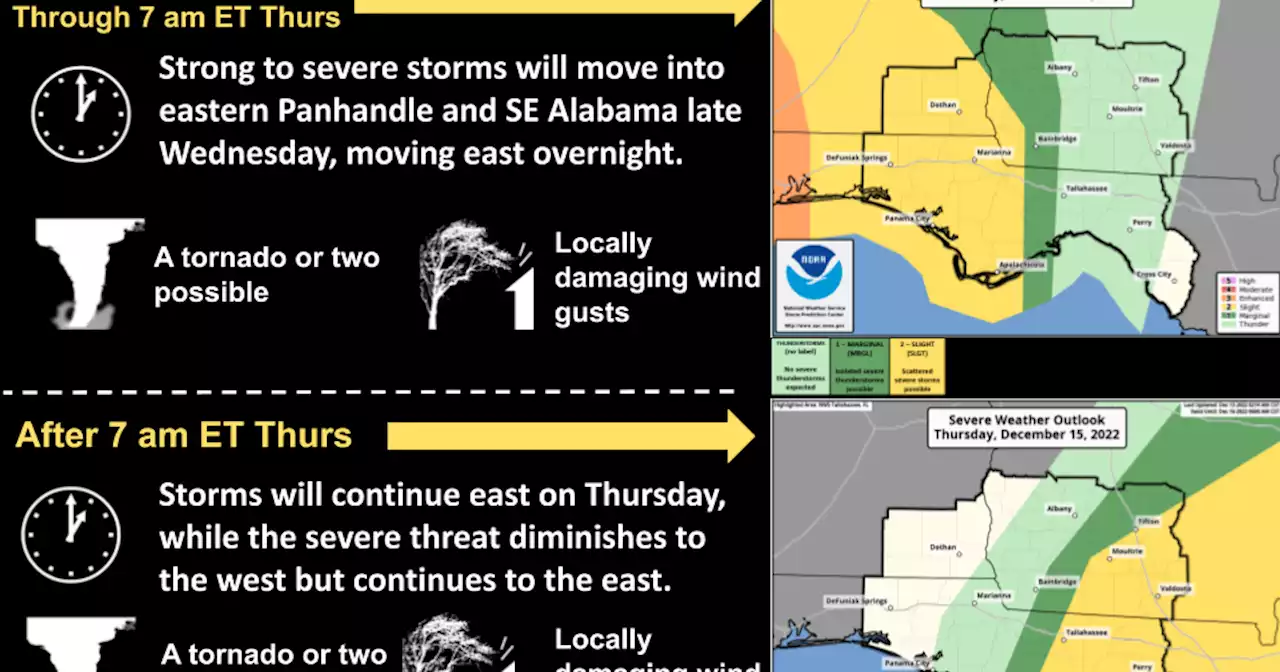 Severe weather anticipated overnight Wednesday across Wiregrass areaWith a threat of severe weather Wednesday night and early Thursday morning, residents should have multiple ways to receive warnings during those overnight hours, a meteorologist with the National Weather
Severe weather anticipated overnight Wednesday across Wiregrass areaWith a threat of severe weather Wednesday night and early Thursday morning, residents should have multiple ways to receive warnings during those overnight hours, a meteorologist with the National Weather
Read more »
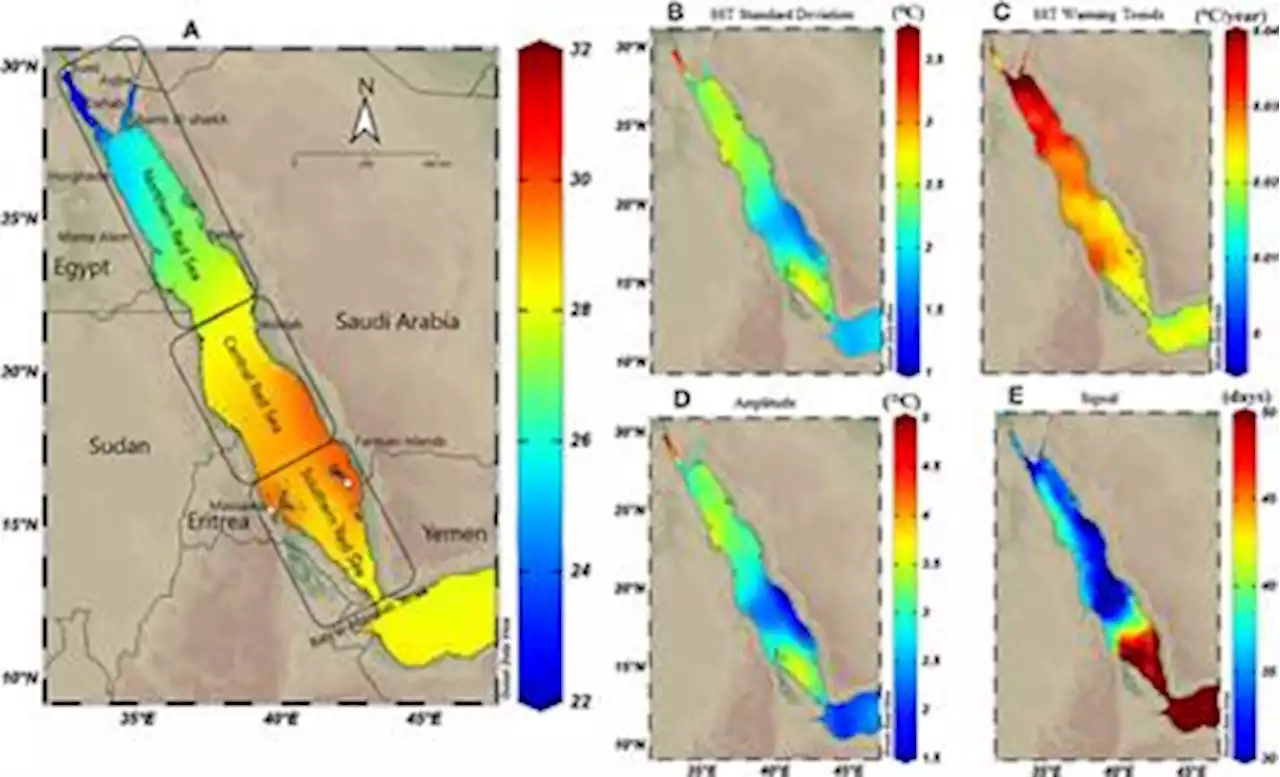 Frontiers | Appraisal of coral bleaching thresholds and thermal projections for the northern Red Sea refugiaCorals in the northern Red Sea exhibit high thermal tolerance despite experiencing frequent and severe heat stress. It is assumed that corals in the Red Sea have similar bleaching thresholds (32°C), and thus, the apparent bleaching tolerance of corals in the NRS is due to the lower ambient temperature (25–28°C) of the region that remains under their physiological maxima. Whether bleaching patterns along the Red Sea are independent of the local maximum monthly mean and aligned with the proposed 32°C threshold has yet to be determined. Here, we used surface seawater temperature remote sensing data (1982–2020) to model spatial distributions of Degree Heat Weeks across the Red Sea using coral thermal threshold values of 30, 31, and 32°C. We also used the Coupled Model Intercomparison Project Phase 5 model outputs to predict warming trends in the Red Sea under different representative concentration pathway scenarios. Our data show the 32°C–adjusted thresholds dramatically reduced Degree Heat Weeks in the northern Red Sea, but not in central or southern Red Sea, which is consistent with bleaching observations throughout the Red Sea. Further, it is predicted that the northern Red Sea will experience the least range of warming by end of the 21st century (2–2.5°C) compared to the central and southern regions (2.7-3.1°C) under the business as usual scenario. The slower rate of warming in the northern Red Sea should help promote the refugia (i.e., the ability to maintain favorable temperature for corals) to remain functional for decades. Collectively, our results support the hypothesis that coral bleaching thresholds are independent of the local maximum monthly mean, and corals have similar thresholds throughout the Red Sea. Regional projections of warming suggest that the northern Red Sea that experiences low ambient surface seawater temperature and maximum monthly mean will not reach the proposed threshold (32°C) by end of the 21st century. Our work suggests that while globa
Frontiers | Appraisal of coral bleaching thresholds and thermal projections for the northern Red Sea refugiaCorals in the northern Red Sea exhibit high thermal tolerance despite experiencing frequent and severe heat stress. It is assumed that corals in the Red Sea have similar bleaching thresholds (32°C), and thus, the apparent bleaching tolerance of corals in the NRS is due to the lower ambient temperature (25–28°C) of the region that remains under their physiological maxima. Whether bleaching patterns along the Red Sea are independent of the local maximum monthly mean and aligned with the proposed 32°C threshold has yet to be determined. Here, we used surface seawater temperature remote sensing data (1982–2020) to model spatial distributions of Degree Heat Weeks across the Red Sea using coral thermal threshold values of 30, 31, and 32°C. We also used the Coupled Model Intercomparison Project Phase 5 model outputs to predict warming trends in the Red Sea under different representative concentration pathway scenarios. Our data show the 32°C–adjusted thresholds dramatically reduced Degree Heat Weeks in the northern Red Sea, but not in central or southern Red Sea, which is consistent with bleaching observations throughout the Red Sea. Further, it is predicted that the northern Red Sea will experience the least range of warming by end of the 21st century (2–2.5°C) compared to the central and southern regions (2.7-3.1°C) under the business as usual scenario. The slower rate of warming in the northern Red Sea should help promote the refugia (i.e., the ability to maintain favorable temperature for corals) to remain functional for decades. Collectively, our results support the hypothesis that coral bleaching thresholds are independent of the local maximum monthly mean, and corals have similar thresholds throughout the Red Sea. Regional projections of warming suggest that the northern Red Sea that experiences low ambient surface seawater temperature and maximum monthly mean will not reach the proposed threshold (32°C) by end of the 21st century. Our work suggests that while globa
Read more »
